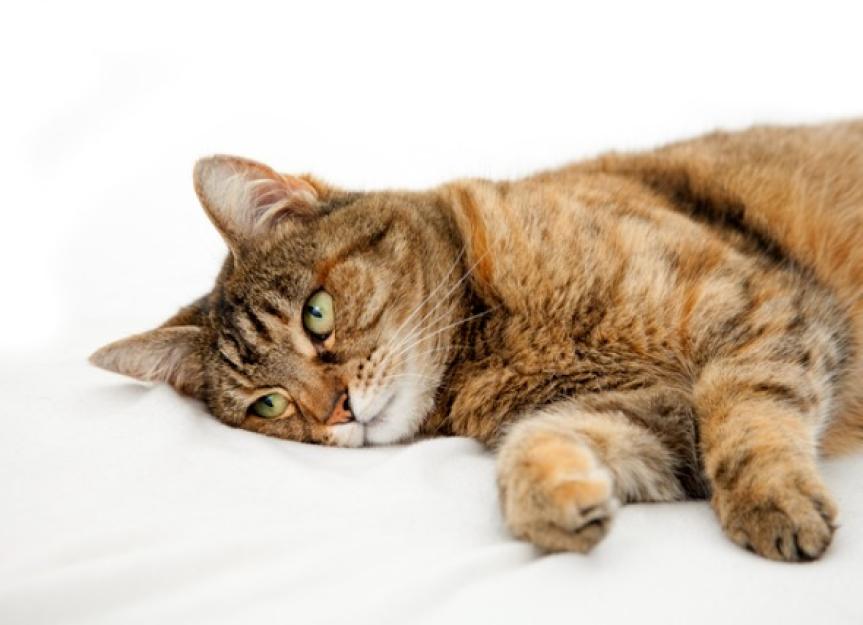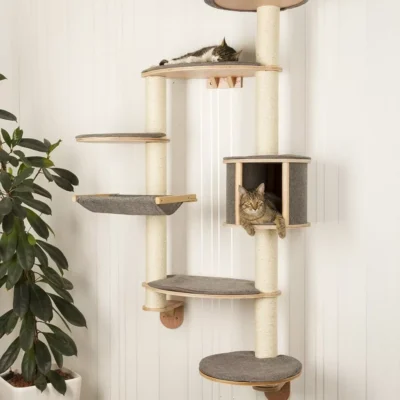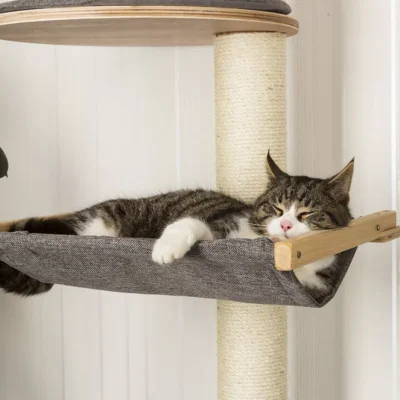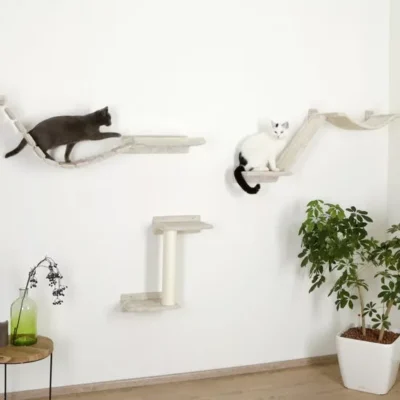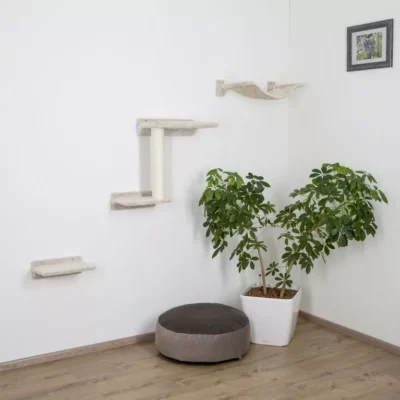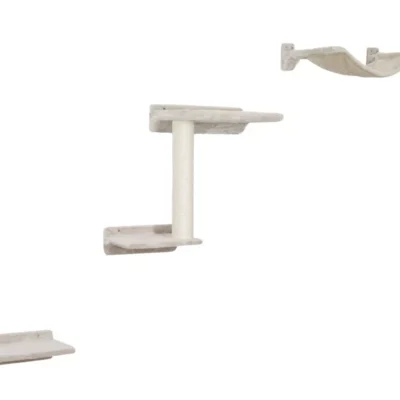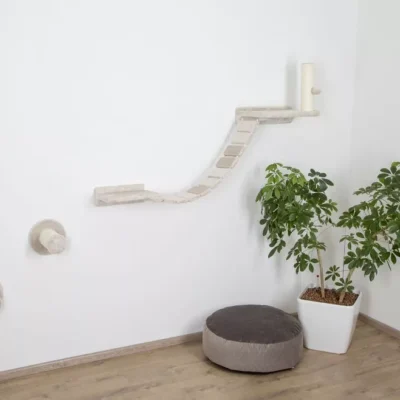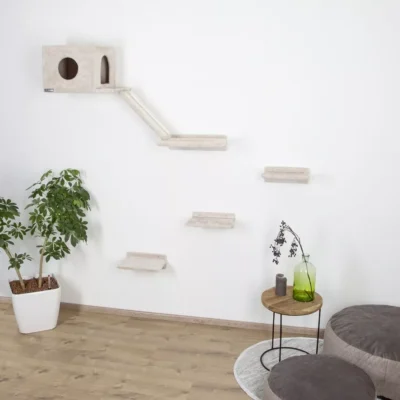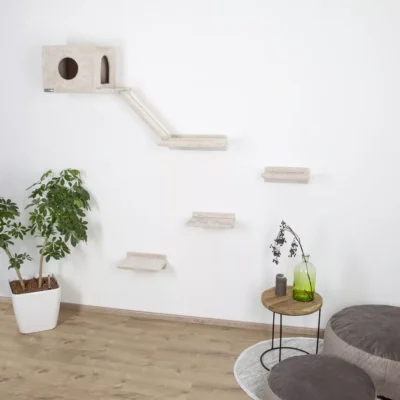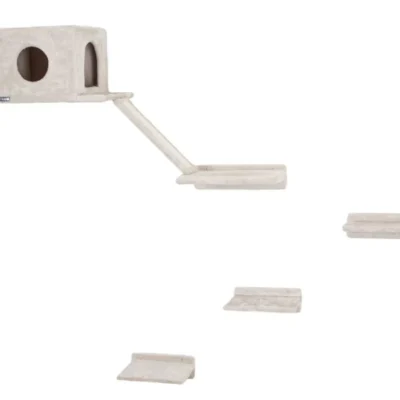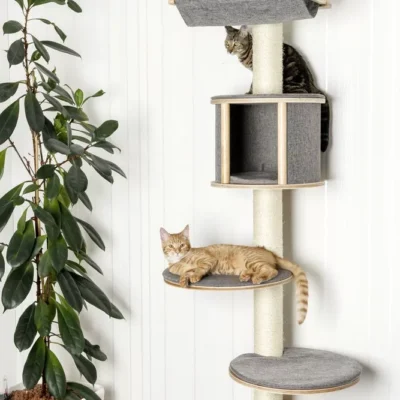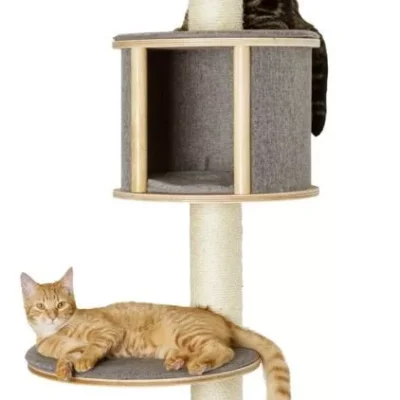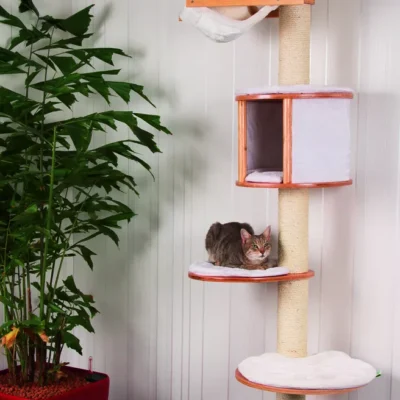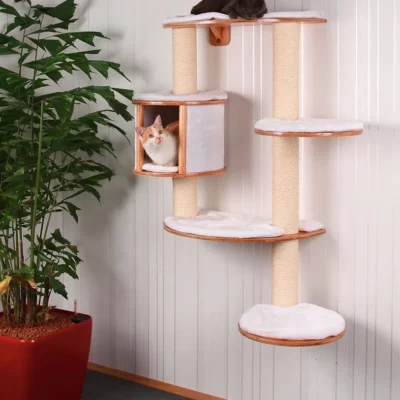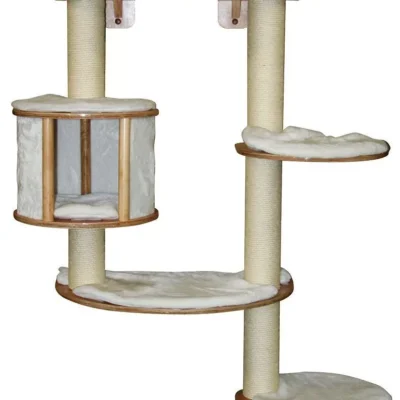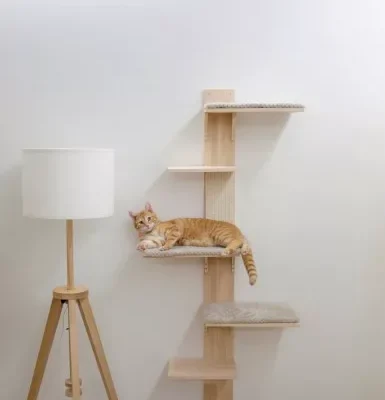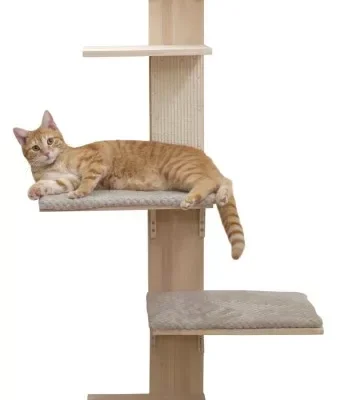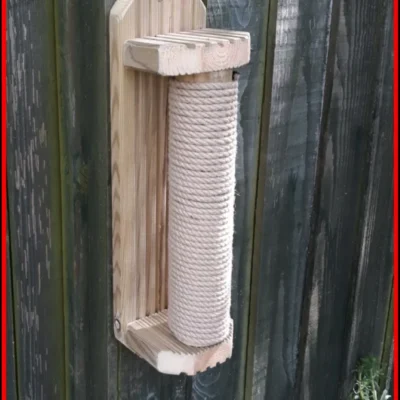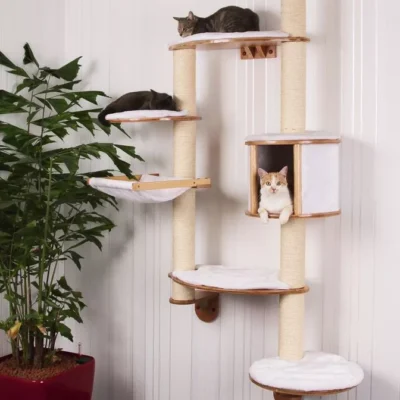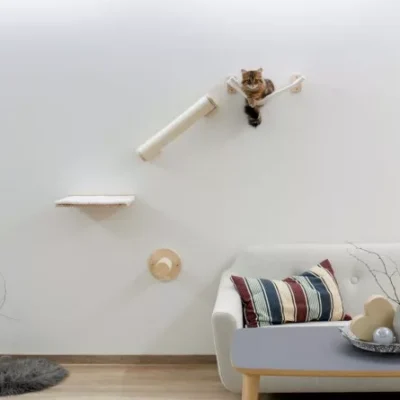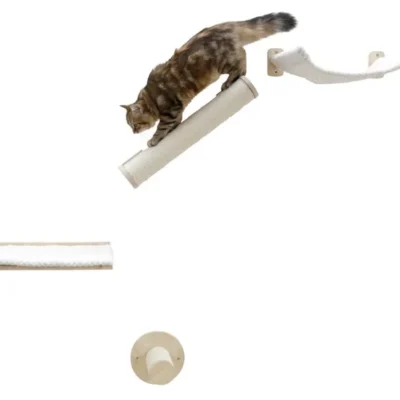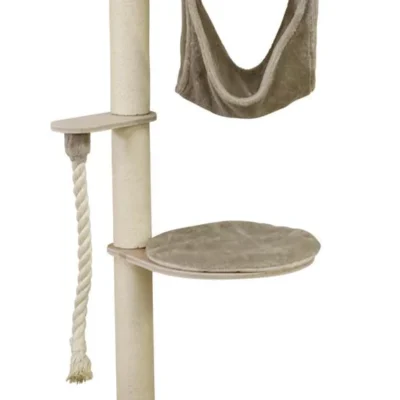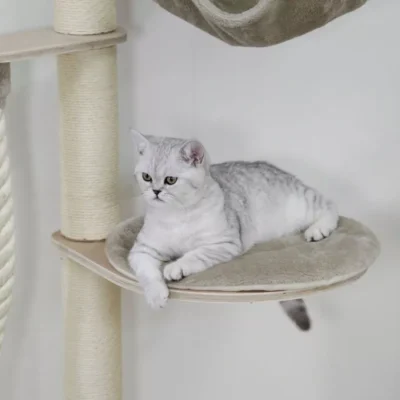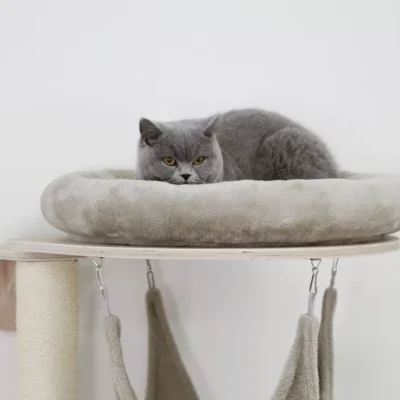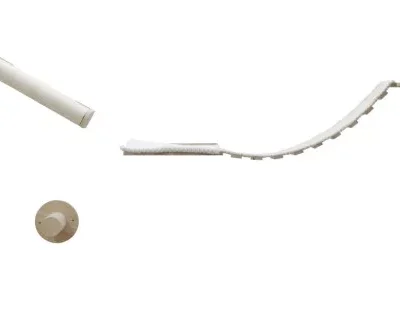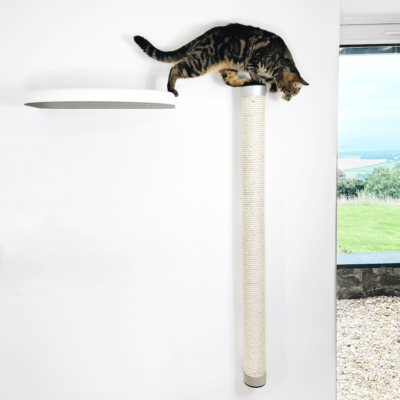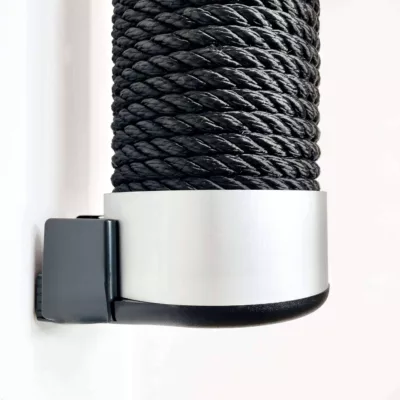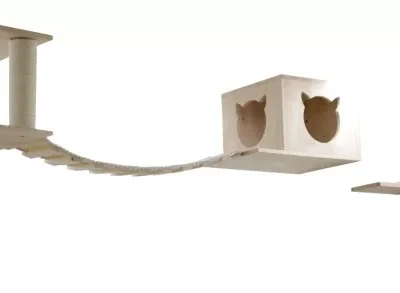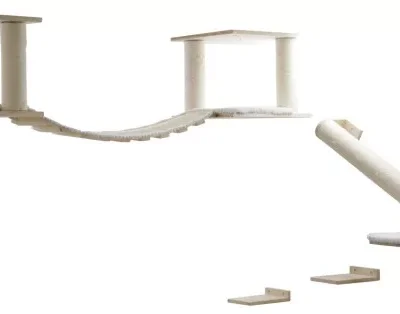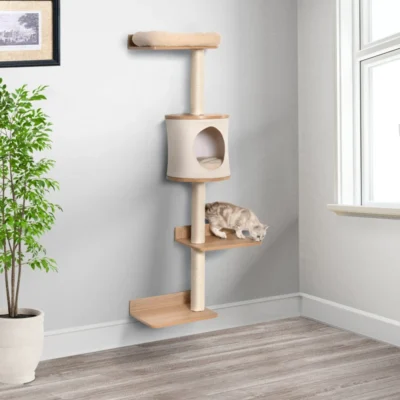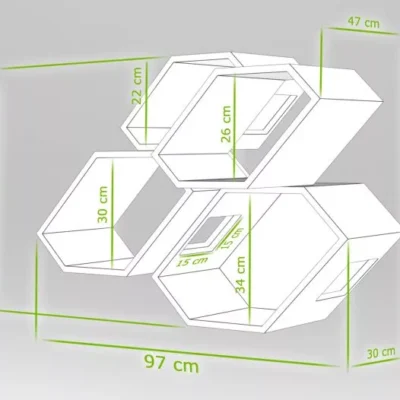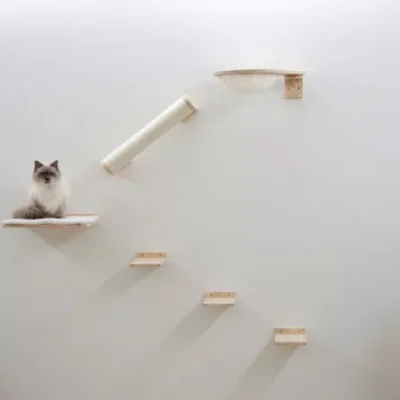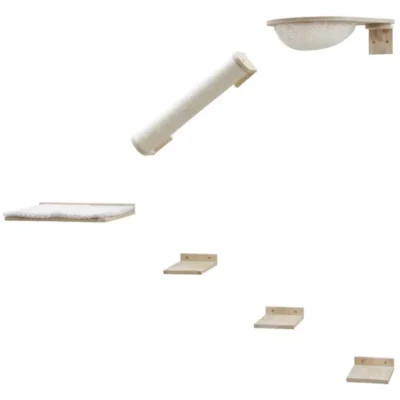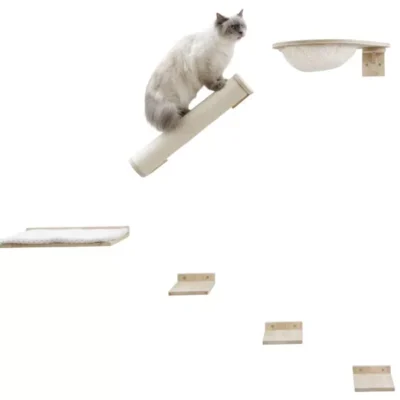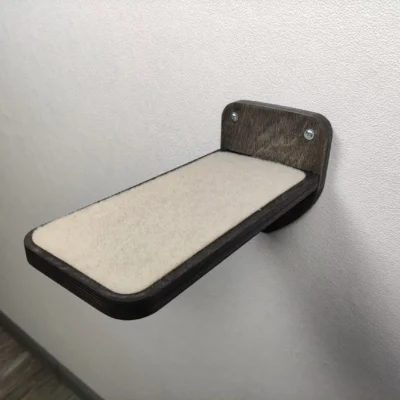0
Cats, those enigmatic and independent creatures, hold a special place in countless households. Yet, beneath their graceful exteriors, these animals can experience a wide range of emotions, including a condition often overlooked: cat depression.
Recognizing and addressing feline depression is not just a matter of curiosity; it’s a crucial responsibility for those who care for these sensitive and sentient beings. The signs and symptoms of cat depression may be subtle, but the consequences are profound, affecting a cat’s physical health, behavior, and overall quality of life.
In this blog, our primary focus is to illuminate the topic of cat depression. We aim to unravel the complexities of this emotional state, providing insights into the often subtle signs and symptoms that cat owners might miss.
Our mission is to offer guidance and understanding to cat owners, empowering them to recognize and effectively address feline depression.
Join us on a journey of empathy and insight as we delve into the world of our feline friends’ emotions. Through knowledge and compassion, we aspire to demystify the realm of cat depression, offering hope and practical solutions for both the cats we cherish and the owners who adore them.
Together, let’s embark on a quest to understand and alleviate cat depression, ensuring the happiness and well-being of our beloved companions.
Recognizing the Signs of Cat Depression
Recognizing the signs of cat depression is a vital aspect of responsible pet ownership. Although cats are often associated with a stoic demeanor, they can indeed experience depression, which can have a profound impact on their overall well-being. Being vigilant and observant of your cat’s behavior is essential, as early detection is crucial for providing the care and support necessary for their recovery.
Common signs and symptoms of cat depression include changes in behavior, such as increased withdrawal or excessive clinginess. Cats may also exhibit changes in appetite, leading to a loss of interest in food and potential weight loss. Lethargy, reduced grooming habits, vocalization changes, elimination issues, and hiding are other indicators to watch out for.
To identify signs of cat depression, it’s essential to spend quality time with your cat and closely observe their routine and temperament. Keeping a journal to document any unusual behaviors, appetite changes, or litter box issues can be helpful when discussing your cat’s condition with a veterinarian.
If you suspect that your cat is depressed, consulting a veterinarian is essential to rule out underlying medical issues and receive guidance on addressing the depression.
Early detection of feline depression is crucial for preventing its escalation, improving your cat’s quality of life, and addressing underlying causes. By being attentive to changes in your cat’s behavior and seeking timely support and treatment, you can ensure the well-being of your feline companion and strengthen the bond between you and your cherished pet.
Causes and Triggers of Cat Depression
Depression in cats can have various causes and triggers, highlighting the intricate nature of feline emotions and the need to understand their unique needs and sensitivities. While cats are known for their resilience, several factors can contribute to or worsen feline depression.
Changes in the household environment can be a significant source of stress for cats. They thrive on routine and familiarity, so significant changes like moving to a new home, rearranging furniture, or introducing new family members or pets can disrupt their sense of security and lead to depression.
The loss of a beloved companion, whether it’s another pet or a close human bond, can profoundly affect a cat. Cats form strong attachments, and the absence of a companion can result in loneliness and sadness.
Underlying medical issues such as chronic pain or illness can contribute to depression by causing changes in behavior and appetite. Cats may become lethargic and lose interest in activities they once enjoyed.
Social isolation can be detrimental to cats’ emotional well-being. Cats are social animals, and prolonged isolation or a lack of interaction with their human companions can lead to loneliness and depression.
Stress and anxiety are significant contributors to feline depression. Cats are sensitive to stressors in their environment, including loud noises, changes in routine, or conflicts with other animals. If not addressed, these stressors can lead to depression.
Environmental factors play a crucial role in a cat’s emotional state. A lack of stimulation, insufficient play opportunities, or a dull living space can lead to boredom and depression.
Grief and trauma are emotions that cats can experience, similar to humans. Witnessing or experiencing traumatic events, such as accidents or abuse, can leave lasting emotional scars.
Some cats may exhibit seasonal affective disorder (SAD), showing signs of depression during seasons with less natural light.
Understanding feline emotions is complex because cats are influenced by their surroundings, social interactions, and physical well-being. Recognizing that depression in cats is a valid emotional state is essential for cat owners. Addressing feline depression involves considering the cat’s individual needs, which may include creating a stable and stimulating environment, seeking veterinary care for underlying medical conditions, providing companionship and interaction, and being attentive to behavioral changes indicating emotional distress.
In conclusion, cat depression can result from various causes and triggers, emphasizing the need to acknowledge and address the emotional well-being of our feline companions. By understanding the complexity of feline emotions and taking proactive measures to reduce potential stressors, cat owners can ensure their beloved pets lead happy and fulfilling lives.
Treatment and Support for Depressed Cats
Recognizing and addressing feline depression is crucial for the well-being of your cat. If you suspect that your cat is depressed, there are several steps you can take to seek professional help, provide emotional support, and make environmental changes to improve their quality of life.
The first and most important step is to schedule a veterinary visit. Your veterinarian can perform a thorough physical examination to rule out any underlying medical issues that may be contributing to your cat’s depression. It’s essential to discuss the symptoms you’ve observed, including changes in behavior, appetite, and overall demeanor. Providing detailed information will help your veterinarian assess the severity of the depression.
In cases of severe or persistent depression, consider consulting a veterinary behaviorist. These professionals specialize in addressing behavioral issues in pets and can provide tailored treatment plans.
Behavioral therapy often involves positive reinforcement techniques to encourage desirable behaviors and reduce negative ones. This may include reward-based training and environmental enrichment.
In some instances, your veterinarian may prescribe medication to alleviate severe symptoms of feline depression. Antidepressants or anti-anxiety medications may be considered when other interventions are insufficient.
Making environmental changes at home is essential to support your cat’s emotional well-being. Ensure that your cat has a safe and comfortable space where they can retreat and relax. Providing cozy cat bedding and a quiet environment can help. Offering a variety of toys, scratching posts, and interactive play opportunities can keep your cat mentally and physically engaged. Remember to rotate toys regularly to prevent boredom.
Social interaction is vital for cats. Spend quality time with your cat through gentle play, petting, and cuddling. Be patient and allow your cat to initiate contact if they are feeling withdrawn. Establishing a consistent schedule for feeding, playtime, and other interactions can create a sense of security, as cats thrive on routine.
Introduce sensory stimulation to engage your cat’s senses. Consider using catnip, pheromone diffusers, or calming music to create a soothing environment. Be patient and gentle with your cat during their recovery. Avoid scolding or punishment, as it can exacerbate their stress.
Maintaining a calm environment at home is essential. Reduce loud noises, chaotic activity, or conflicts with other pets in the household to minimize stress. If your cat’s depression is related to specific behavioral issues, consider consulting a cat behaviorist who can provide tailored strategies for managing these problems.
Finally, keep a journal of your cat’s behavior, appetite, and responses to treatments. This information can be valuable during follow-up appointments with your veterinarian or behaviorist to assess progress.
In conclusion, addressing feline depression requires a comprehensive approach that includes veterinary consultation, behavioral therapy, medication when necessary, and creating a supportive and stimulating environment at home.
Each cat is unique, and the treatment plan should be tailored to their specific needs. With patience, love, and the right interventions, many cats can recover from depression and regain their happiness and well-being.

